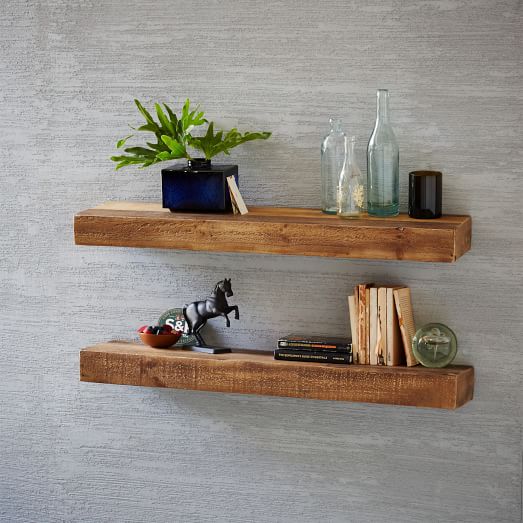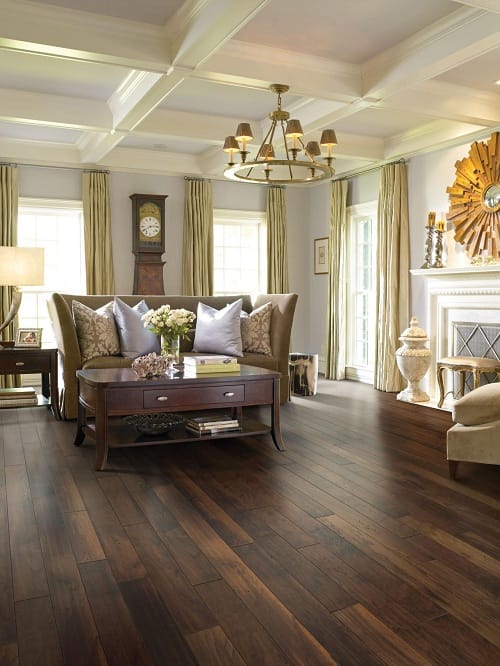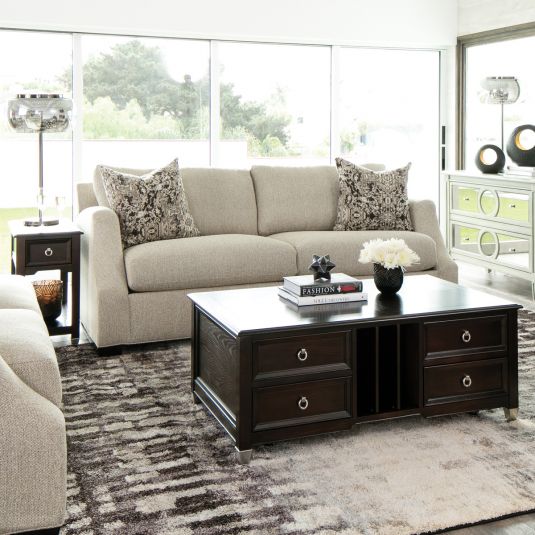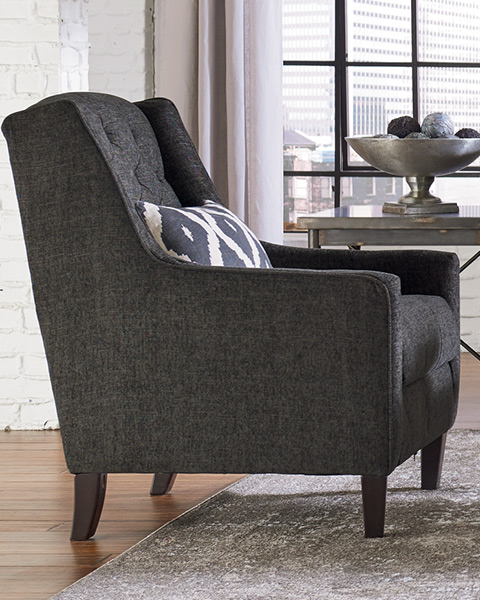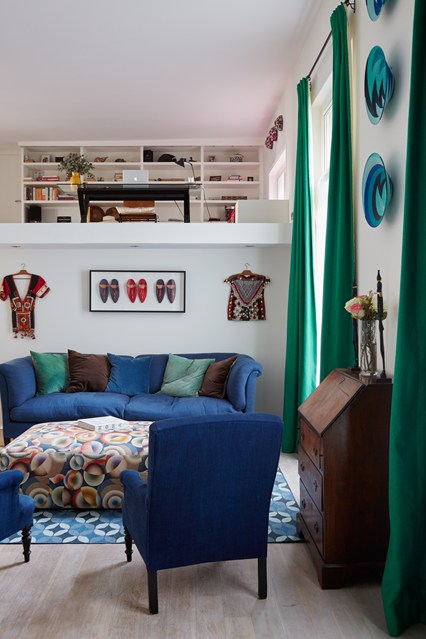Boosting natural light is one of the best ways to decorate a home and make it inviting. However, this seems an impossibility in places where windows are not built-in. An added disadvantage of a windowless room is having a space that can look very cramped.

As you can imagine, supplying the required illumination in a room with no natural light is a challenge. There’s no single, universal solution, as it can depend on many things, such as the room’s shape and size.
Fortunately, through a few adjustments and strategies, you can still brighten your home. For example, those whose windowless rooms have very little lighting can become innovative by looking for a nearby lighting source, such as a stairwell.
Ways To Lighten a Dark Room Without a Window
As mentioned, there are many ways to lighten a dark room, even one with no windows. Among the most effective techniques is by employing smart color palette choices. Installing hidden lights also works by imitating how light from the outside pours in a place.
Another tip, known as layering light, would provide practical light in the absence of windows. These strategies and more are detailed below.
1. Consider white walls.
White and pale blue walls are a good choice for windowless rooms. Because they replicate natural sunlight’s fresh sparkle, they reflect light from other possible sources. Such wall colors in a windowless room will give the effect of the edges floating away. This way, the items in your room will gain the attention of anyone’s eyes, not the surrounding walls.
Another way to help mimic the effect of light coming in from a window is through the use of hidden lights. Place these strategically in your house, such as between beams or next to a bookcase, for full effect.
An added option is undercabinet lights. They help lighten a room’s edges, and they are also functional. For example, they will make kitchen tasks easier to accomplish. Remember to add depth and lightness anywhere you can with the use of these lights. They also work well with upper cabinets, as they serve to close in spaces further.
3. Maximize the use of mirrors.
Mirrors, especially large ones, can help simulate how light bounces off of a window. It is also a great addition for building a sense of depth, mitigating any form of wall planes that give off claustrophobic vibes.
A large mirror reaching close to the ceiling can do the trick. The optimal measurement is four to six inches below the ceiling. As an added bonus, positioning the right-sized mirror strategically can also make the room look larger. It will reflect surrounding furniture while bouncing light off at the same time, making any space appear less dark.
4. Choose the right light fittings.
You can maximize the remaining available light in your windowless room with the help of reflective metallic fittings in brass, silver, or chrome. Mixed with blown glass and the right type of lightbulb in the right color temperature, these can actually help mimic natural daylight. Light fittings that appear bluish-white (or similar shades) will also look cooler and lighter and achieve the same effect.
5. Employ a light layering approach.
Finally, the use of a technique called light layering can help darken a room with no windows. You can do this by employing three types of lighting: accent, task, and ambient.
What this means is having a combination of various sources of practical light. This entails calculated decisions regarding how many lamps to use, which are targeted towards specific uses such as cooking, and which ones highlight artwork and other design features.
To concretize, combining a large overhead light fixture with some pendant lights that reflect the light upwards can lighten a wider area. Another example is using a string of pendant lights over a kitchen island to supplement main overhead lighting. With layering, you will be able to control the ambiance you wish to create.
Brighten up Any Room
Other than the strategies mentioned, other techniques can help, such as using light-emitting decoration and other neon artworks. Glass doors and double-doors can aid in bringing in light from neighboring rooms. Opt for clean, simple lines when it comes to furniture choices with light-colored fabrics.
At the end of the day, proper planning and strategic thinking will help light your windowless room. Not having windows is not a deterrent for being in style and for having a bright, inviting place.
We have also repeatedly reiterated opting for cooler lighting. However, remember that you don’t always need this temperature to recreate the feeling of having actual windows. Sometimes, warmer temperatures can also provide the light you need. You can still function comfortably, but this time, you’ll be able to achieve a more homey ambiance.

